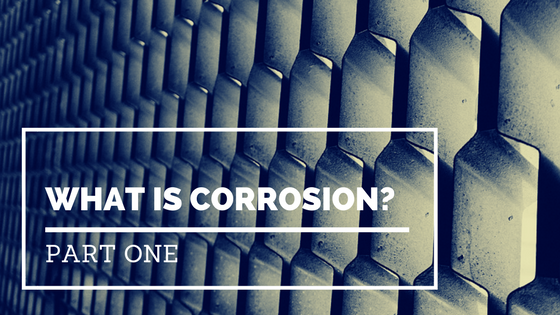
This blog was originally posted on Robert Heidersbach's website here.
---
As an experienced engineer, forensic consultant, and former professor with over 45 years in the fields of corrosion and metallurgy, I often get the question: What is corrosion?
According to the Kennedy Space Center, corrosion can be defined as the deterioration of a material due to a chemical reaction with its environment over time. Metals corrode because they’re used in environments where they’re naturally unstable, and it’s a big problem for bridge builders and other architects who frequently use metal products in their structures.
There are various forms of corrosion — can you believe there are 15? Below is a selection of just three forms of corrosion. More forms of corrosion will be included in my next blog, “What is Corrosion? Part 2.”
Uniform Corrosion
Let’s start with the basic form of corrosion first. You can think of uniform corrosion as rust, since it is the most common form of corrosion. And since rust is pretty common, it’s not a huge issue for architects to take care of. Using protective coatings like paint or a sealant can control uniform corrosion.
Galvanic Corrosion
Galvanic corrosion occurs when different metals come into contact with each other. This form of corrosion can easily be spotted where the two metals meet. Popular trinkets like insulating gaskets and washers can assist with staving off galvanic corrosion, but they will need to be replaced with regular maintenance.
Concentration Cell Corrosion
Concentration cell corrosion occurs when two or more areas of a metal surface are in contact with each other, but corrode at different rates. There are three general types of concentration cell corrosion:
Metal Ion Concentration Cells: This happens most commonly in water when a high concentration of metal ions are exposed crevices and become corroded over time. This can be prevented by sealing the exposed crevices to prevent water from coming into contact with the metal.
Oxygen Concentration Cells: This type of corrosion can occur in areas with low oxygen, like underneath wood, rubber, tape, and other materials. This can be minimized by sealing the exposed areas, keeping the surfaces clean, and avoiding materials that will create moisture between surfaces.
Active-Passive Cells: Some metals actually depend on thin films of corrosion product, called an active-passive cell, for corrosion protection. If this thin film is broken, the metal beneath the film will start to corrode. This type of corrosion can be avoided with regular cleaning and application of protective coatings.
Robert Heidersbach is the author of Metallurgy and Corrosion Control in Oil and Gas Production. The book is based on Robert’s experience teaching new engineers that need to understand metallurgy and corrosion control in the oil industry. He is currently in the process of rewriting and updating the publication, and welcomes any suggestions about how to improve the book.

